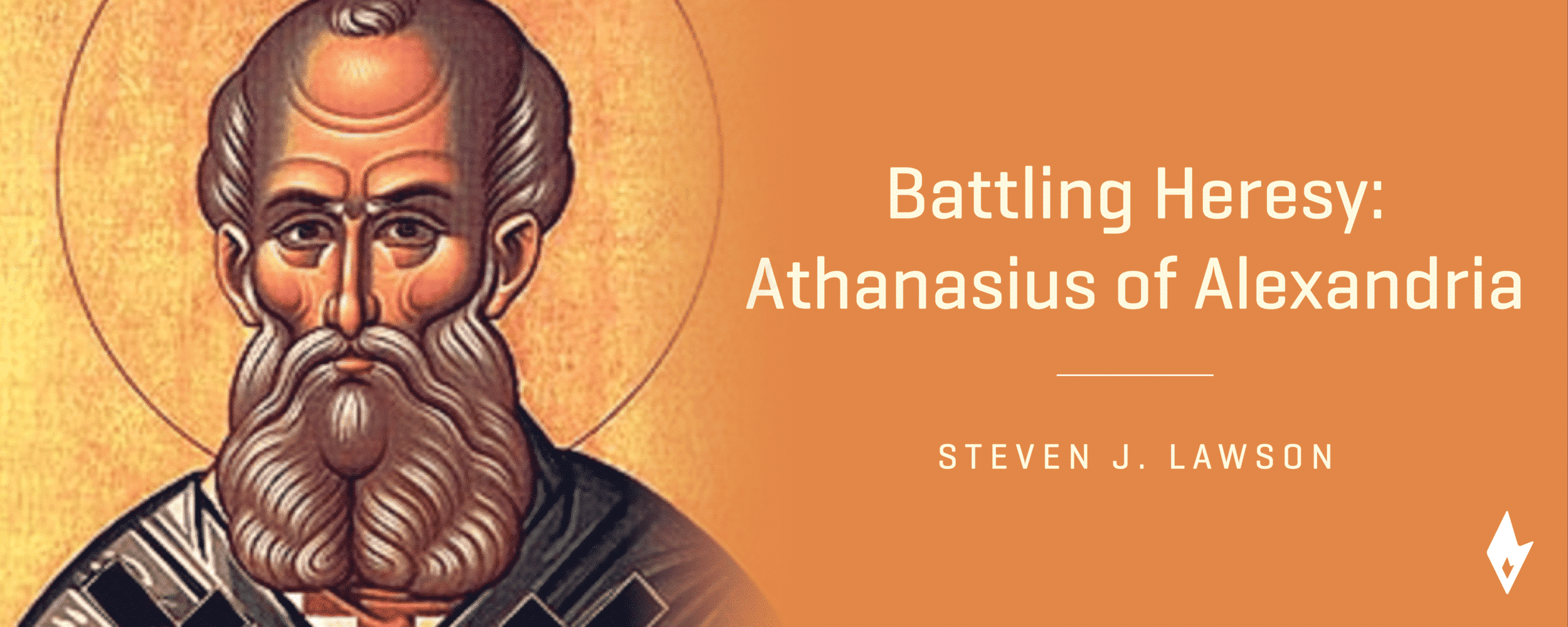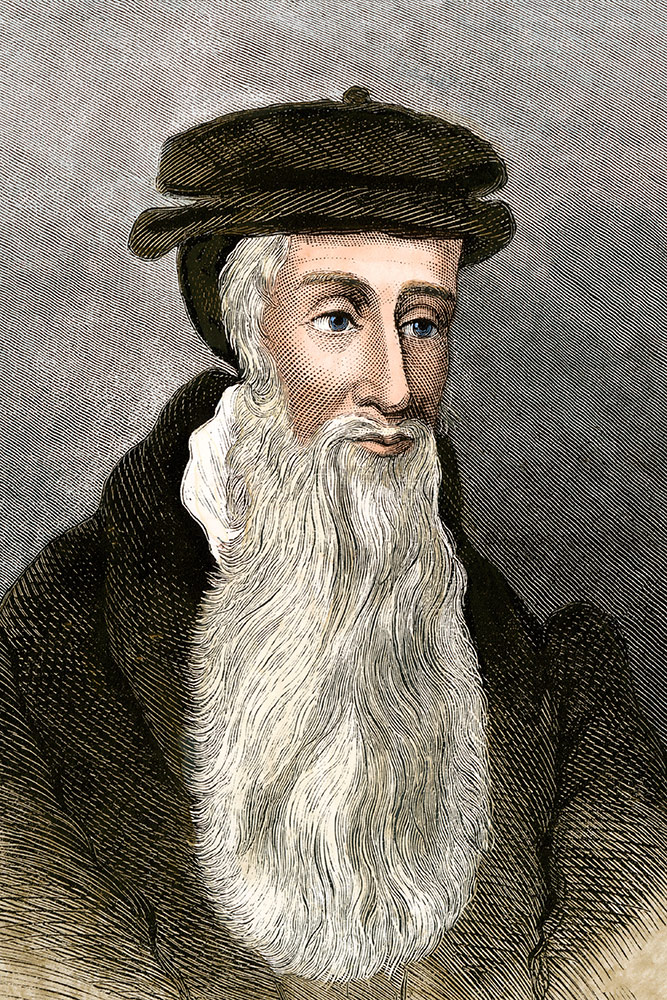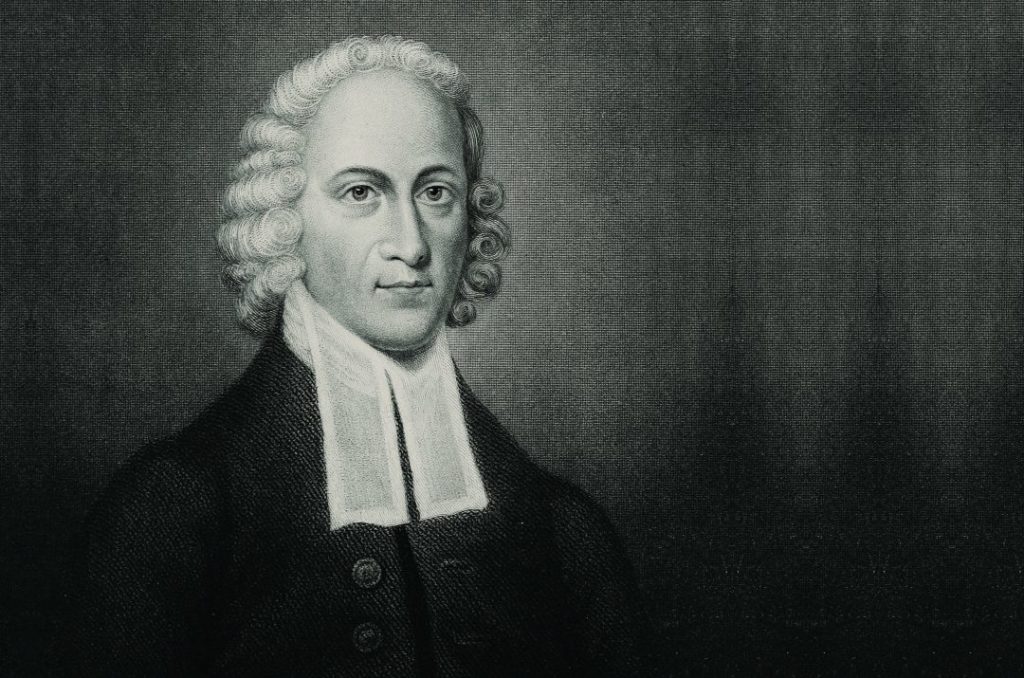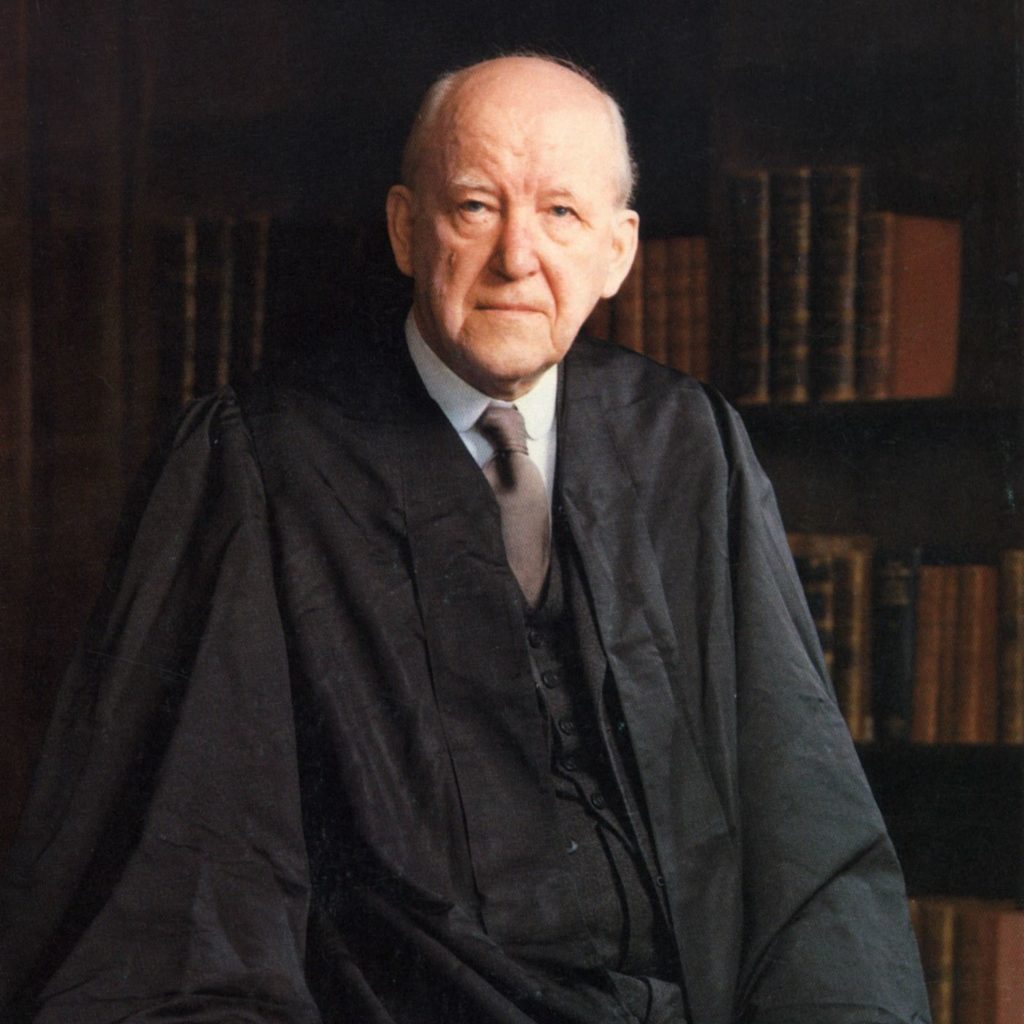
God often delights to save the most unlikely people, seemingly far beyond the realm of human explanation.
Early in the fourth century, an unlikely convert entered the fold of professing Christendom—the Roman Emperor Constantine.
After accounting a military triumph to God’s intervention through the sign of a cross, Constantine declared himself a Christian.
With Constantine openly professing Christ, Christians no longer needed to fear persecution from the Roman authorities. Believers found themselves in an unprecedented season of peace and popularity. Once opposed and oppressed, Christians were now acclaimed and admired.
But the official acceptance of Christianity brought with it significant dangers. Popularity proved to be a greater threat to Christianity than persecution, and the church was weakened significantly.
Attack on the Trinity
Hordes of unregenerate Roman citizens were baptized as believers. Sacred merged with secular, and the immediate result was doctrinal compromise.
In this compromised condition, the church was vulnerable to doctrinal heresy. A particularly tenacious false teaching came from Arius, who argued that Jesus, the second person of the Trinity, was no more than a created being.
When this deadly doctrine began to gain a foothold in the churches, a synod convened in Alexandria and judged Arius to be a heretic. Tragically, this public rebuke did little to restrain Arius, who traveled throughout the empire spreading his theological poison.
Despite his outward concern for orthodoxy, Constantine cared more for political unity than theological accuracy. He convened a church council––the Council of Nicaea, one of the most significant gatherings in church history. From across the empire, 318 bishops came together, including a man named Athanasius.
The Council of Nicaea
The Nicene Council examined Arius’s teachings and overwhelmingly condemned him as a heretic. After burning Arius’s writings, the council drafted a carefully worded statement on the Trinity, which affirmed the divine nature of Christ and denounced Arianism.
Despite the Nicene Council’s condemnation of Arius and his followers, Arianism continued to permeate the church. As a means of maintaining political peace, Constantine’s advisors urged him to reinstate Arius. Constantine caved in and overturned the council’s anathema. He ordered Arius to be restored as a presbyter in Alexandria, the home of Athanasius.
Standing for Orthodoxy
Though Arius died before he could return to his office, the battle over Arius’s erroneous doctrine continued. In this pivotal controversy, Athanasius became a preeminent guardian of the deity of Christ and of the triune nature of the Godhead.
In his unyielding opposition to Arianism, Athanasius (ca. 298–373) became labeled the “Father of Orthodoxy” and the “saint of stubbornness.” Scholars have judged that he was the greatest theologian of his time.
A Spiritual Upbringing
Athanasius was born of wealthy parents in Alexandria, and as a young man, he received a strong theological education in Alexandria’s Catechetical School.
Gregory of Nazianzus commented about Athanasius’s youth: “From meditating on every book of the Old and New Testament, with a depth such as none else has applied even to one of them, he grew rich in contemplation, rich in splendor of life.”
In his early twenties, Athanasius became the personal assistant to Alexander, the bishop of Alexandria. In this role, Athanasius attended the important synod in Alexandria (321) at which Arius was first condemned, as well as the Council of Nicaea (325). These experiences helped prepare him for the critical theological battles that lay ahead.
When Alexander died, Athanasius succeeded him at the relatively young age of thirty, overseeing the church in Alexandria and all the bishops in Egypt and Libya. Arianism was virtually eradicated from the churches of Egypt under his influence.
When Constantine equivocated on the Nicene Council’s conclusions and reinstated Arius as a presbyter in Alexandria (336), he ordered Athanasius to accept Arius back into this position.
But true to his convictions, Athanasius refused. He saw Arius as a heretic, not a brother in Christ. To accept him would be to accept false doctrine. Because of this defiance, Constantine exiled Athanasius to the outer extremity of the Roman Empire, in what is now modern-day Germany.
New Emperor, Old Compromise
After Constantine’s death, the Roman Empire was divided among his three sons. Constantius, the second son, controlled the East. After a short time on his throne, Constantius granted Athanasius permission to return to Alexandria to resume his ministry.
But Constantius demanded an official revision of the Nicene Creed concerning the deity of Christ, reflecting Arian beliefs. He wanted the word homoousios, meaning “of the same substance,” changed to homoiousios, “of a similar substance.” Tragically, many bishops backed Constantius in this demand.
Once again, Athanasius would not budge. He saw Constantius’s revision as nothing less than accommodating heresy. The difference between homoousios (“same”) and homoiousios (“similar”) was only one small “i,” but it was the difference between describing Christ as fully divine or as a created being.
Athanasius understood that only a fully divine Savior can reconcile sinners to God. If His substitutionary death was to be of value, Jesus must be fully God. If Jesus is less than God, His saving work at the cross was less than sufficient.
Defending True Doctrine
Athanasius was a prolific writer, and his major works are On the Incarnation of the Word and Discourses Against the Arians. The first is a presentation of Christ’s equality with the Father, while the latter is a polemic against the followers of Arius.
On the Incarnation of the Word teaches the full deity of Christ. Athanasius stressed that redemption was accomplished because Christ was fully God, not a mere creature.
Athanasius understood that, by His death, “Christ restored to humanity what was lost through Adam’s disobedience.” Christ’s sacrificial death, which Athanasius characterized as “substitutionary,” was a complete triumph.
Discourses Against the Arians is considered Athanasius’s polemical masterpiece against Arianism. Athanasius challenged Arius by expounding the eternality of the Son. The natures of the Father and of the Son are identical, he said—both are eternal.
Costly Obedience
Athanasius paid a great price for the truth he cherished so deeply. During his tenure as bishop of Alexandria, he was sent into exile five times by the Roman authorities. He spent seventeen of his forty-five years as bishop in exile from Alexandria.
Though his steadfastness and his faithful flock, the homoousios position eventually prevailed in the ongoing debates in the church.
Despite this adversity, Athanasius maintained his firm stance for the Christian faith, especially the doctrine of Christ’s deity––to the end.
Soldiers of Christ, Arise
When the cardinal doctrines of the Christian faith were under siege, Athanasius held tenaciously to biblical fidelity. This African Father faithfully guarded the high ground of Christian truth at a time when others retreated amid rising persecution.
The need is the same in this hour of history. We must not shy away from doctrinal disputes that strike against the very heart of the gospel. We must not flinch in the face of divisive attacks. We must lift high the person and work of the Lord Jesus Christ. As Athanasius modeled, we must hold fast to the true nature of Christ––truly God and truly man.
Adapted from Pillars of Grace by Dr. Steven Lawson (Reformation Trust, 2016). Read more by purchasing Pillars of Grace here.
Follow Dr. Lawson’s travel, ministry, and teaching on Facebook, Instagram, and Twitter.






